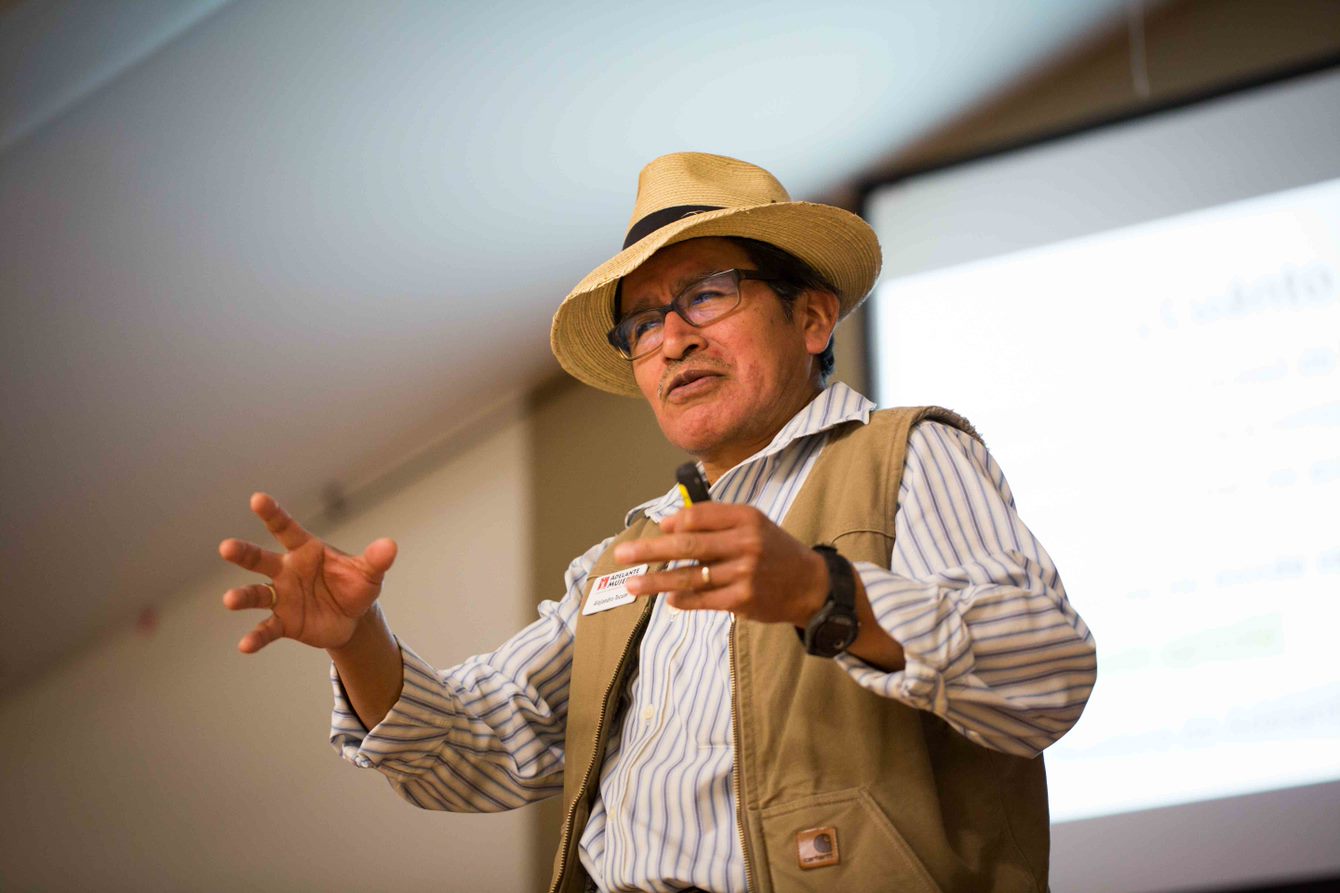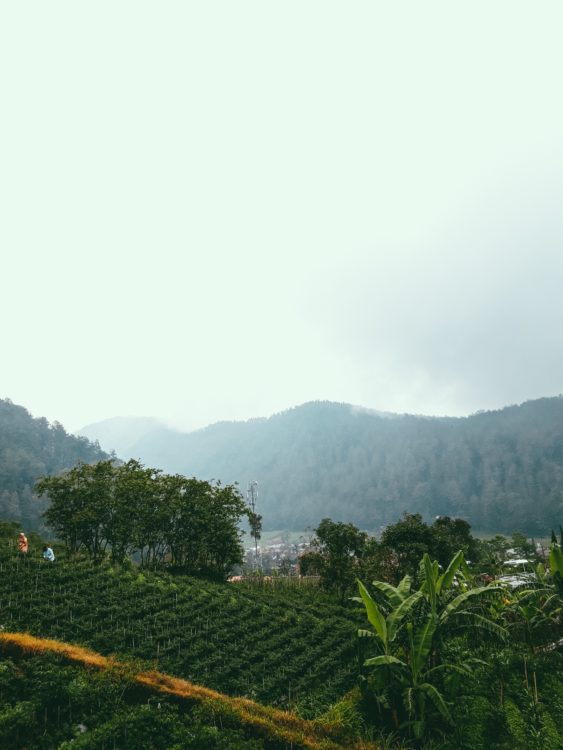By Robin Stephenson
There is a kind of reverence in Alejandro Tecum’s voice as he points out the rich, dark soil responsible for the burst of sweet juice one gets when biting into one of Mago Reyes’ strawberries.
Tecum taught Reyes sustainable farming techniques through a 12-week course at Adelante Mujeres. He wants everyone—eaters and growers— to understand that healthy food relies on healthy soil.
Growing up around agriculture as a child in Guatemala, Tecum, now 60, has a passion for soil education. Through the Oregon nonprofit, Adelante Mujeres, which supports Latina farmers, he has built a curriculum around regenerative farming.
Soil is an often overlooked but key element of a food system—a topic Bread for the World has put at the center of this year’s Offering of Letters. After centuries of harmful farming practices, such as tilling and adding synthetic chemicals, one of the world’s most vital natural resources for human life is in danger.
“The soil is depleted. It’s in a bad condition,” Tecum said. “So, we need to give it life again.”
Soil depletion is one facet of climate change that is transforming our planet and driving hunger. As soil health has declined, so has the nutritional content of our food. According to the 2020 Hunger Report, “by the end of the 20th century, a person needed to eat three apples to obtain the same amount of iron as eating just one apple grown during mid-century.”
Without a new approach that mends our food system, hidden hunger—when the quality of one’s food doesn’t meet the nutritional standards needed to thrive—will only increase. For example, zinc deficiency already causes 450,000 deaths among children every year. Without regenerative interventions to reduce carbon in soil, scientist project that by 2050 more than 130 million people will be at higher risk of zinc deficiency.
According to the Hunger Report, we can rebuild soil and build a healthier food system through new climate-smart techniques. Awareness that the foundation of agriculture is not just dirt, is a first step to Tecum. He talks about the soil as a hive of activity that must be respected.
“Underneath the plants, there are thousands of microorganisms doing their work,” he explains.
According to Tecum, microorganisms are part of the biodiversity that not only keep soil healthy, but create the environment where nutrients multiply. When it comes to growing healthy food, he believes they are just as important as the farmer.
Tecum uses a microscope to show his students this hidden world. He warns them about the danger of tilling: “When you turn the soil, you kill all your coworkers.”
There is an urgency to his teaching. “In a recent conference, the UN Food and Agricultural Organization warned that if conventional agriculture continues its current way of treating the soil, the world could run out of topsoil in 60 years due to soil erosion and depletion,” Tecum said. “Without topsoil, land cannot grow food, hold water and absorb carbon.”
“We have to make people understand that the lifestyle we have now, it’s not the right one,” he says. “We need to change the way we are eating, what we are eating, where our food is coming from.”
Tecum believes that love is essential to change the food system, to overcome the materialistic impulses that drive behavior. “If we don’t love the earth, and if we don’t love each other,” he asks, “what can we give the next generation?”
Robin Stephenson is senior manager for digital campaigns at Bread for the World.



